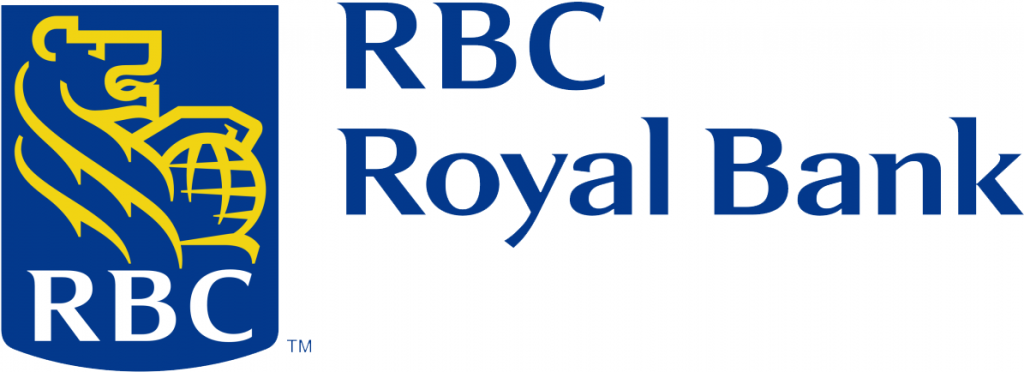It takes digital solutions to move at the speed of business. And for a growing number of public and private organizations, that means beginning (or continuing) the path to payment modernization. In an industry where business cheques still represent 98 per cent of the overall cheque value in Canada1, faster, more powerful transactions are crucial to adapting to the digital economy.
To meet this demand, RBC has embraced the journey of modernizing its payments process by implementing innovative new solutions, and was one of the first to market in Canada to offer real-time payment capabilities to its business banking clients.
“Payments modernization is about giving organizations the digital tools and data insights to improve their payment experience and free up time to spend on the things that really matter to them, like growing their business,” says Michelle Brick, Senior Director, Real-Time Payments Digital Integration, RBC.
Making payments click
 Payments modernization is a future-ready response to contemporary business demands. For years, businesses have relied on manual, batch and paper-based processes, which can be prone to delays and human error. In contrast, payments modernization is about using digital tools and infrastructure to automate the payment process and facilitate simple, reliable transactions.
Payments modernization is a future-ready response to contemporary business demands. For years, businesses have relied on manual, batch and paper-based processes, which can be prone to delays and human error. In contrast, payments modernization is about using digital tools and infrastructure to automate the payment process and facilitate simple, reliable transactions.
“With modernized solutions like Interac e-Transfer® for Business or Interac e-Transfer Bulk Receivables, for example, key data, such as invoice details, sender messages, and other information, now travel with each payment,” adds Brick. “That alone is a major time-saving feature that allows companies to simplify their payment reconciliation process and avoid investigative work that’s often manual and time-intensive for many businesses. When we pair that with the ability to safely exchange payments in real-time, we’re providing businesses with a powerful and efficient new way to move and access funds at a speed that matches their business needs.”
Certainly, one of the biggest promises of payment modernization is the use of data to bring greater transparency, accountability, and automation to the payments process.
“The benefits are huge for businesses in that it improves the passive nature of the whole invoicing process,” adds Gino Di Paolo, Senior Manager, Product Development & Initiatives at RBC. “Data insights and payment confirmation notifications allow clients to know that the recipient has received their funds and outstanding invoices are being dealt with so that they can continue to focus on other aspects of their business.”
Timing is also a factor. Typically, processing windows were beholden to physical banking hours, and the only way to issue emergency payments outside of brick-and-mortar operating hours was with physical cash. In contrast, payment modernization comes with the promise of being able to make payments digitally at any hour, on any day.
Property Management 2.0
The property management community is ripe for payment innovation. To that end, payment modernization offers more reliable, data-driven solutions in lieu of time-consuming and error-prone manual processes.
 According to Rod Hunt, RBC Commercial Banking’s Managing Director for Real Estate Lending, the property management sector is still very reliant on manual processes, and at the end of the day, the idea of modernizing payments is about simplifying things for both their vendors and back-office teams.
According to Rod Hunt, RBC Commercial Banking’s Managing Director for Real Estate Lending, the property management sector is still very reliant on manual processes, and at the end of the day, the idea of modernizing payments is about simplifying things for both their vendors and back-office teams.quite often the investments end up having a higher return than they could get elsewhere.”
Making Security the Priority
Going digital has its advantages. However, data, security and fraud prevention remain hot topics when it comes to adopting new technologies and solutions in an increasingly digitized world. Brick says securing digital payments is the utmost priority for RBC as it champions the adoption of payment modernization solutions in Canada.
“Modernizing payments requires a very high degree of trust and confidence, and we take those expectations very seriously,” she adds. “RBC is committed to helping clients protect their hard-earned capital and mitigate the risk of fraud by offering effective, industry-leading solutions without compromising the reliability and security of what clients expect.”
User-friendly
The most cutting-edge systems and reliable digital networks are only effective if they’re embraced by everyday Canadians. To that end, the key to getting businesses on board with payments modernization is making the user experience as seamless as possible.
“There are always nuances to consider with each business, but the overriding goal is to make this digital process as easy to use as possible,” adds Brick. It also helps that embedding automated processes and digital payment capabilities ensures business continuity. With manual and paper-based processes, the loss of an employee can leave their colleagues or replacements scrambling to learn their processes and pick up where they left off.
“In a lot of cases, there are people who are responsible for manual processes and approach those tasks in their own way. The challenge is that when they leave, it can take time to figure out that process and get back on track, whereas automated processes take that key risk out of the organization,” explains Hunt.
Making the leap
RBC is confident that momentum for payment modernization will continue as businesses embrace this new way to pay.“It’s a big change for the payments industry, as well as the businesses who are making the leap to embrace new, modernized processes and solutions. But it’s an important shift,” says Brick. “We’re operating in an increasingly globalized and ‘always-on’ economy where speed, simplicity and data insights will provide a critical competitive advantage. Embracing digital, real-time payment solutions and adopting new ways of operating will help leading organizations quickly capitalize on new market opportunities and leverage more advanced technologies in the future.”

RBC is no stranger to upgrading the banking experience. The financial services leader was the first in Canada to launch Interac e-Transfer Bulk Receivables, and more recently, launched the latest file format for digital transfers that includes ISO-20022 data. The bank also offers RBC PayEdge™ – the first payments platform offered by a Canadian bank that allows businesses to connect multiple Canadian bank and credit union accounts to easily pay suppliers, contractors and employees. The digital solution allows businesses to pay with multiple payment method options and move funds internationally across more than 130 countries.RBC was recognized as the winner of the 2021 Celent Model Bank Award for Payments Transformation for its market-leading efforts to deliver such payment innovations and digital banking solutions.
1 Source: Payments Canada, Canadian Payments: Methods & Trends 2020
*Interac e-Transfer is a registered Trade-mark of Interac Corp. Used under license.






